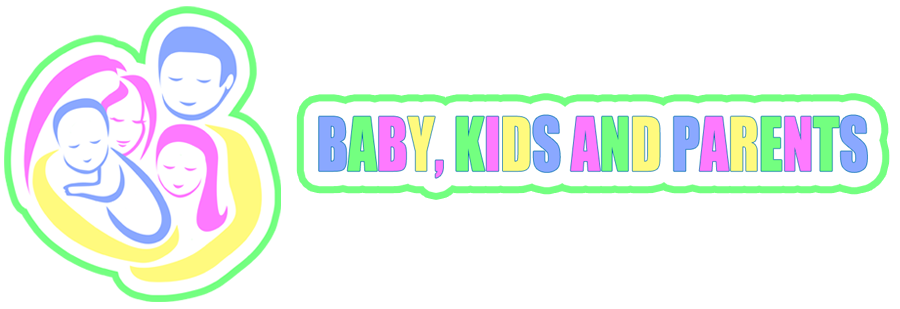
Autism spectrum disorder (ASD) and autism are both general terms for a group of complex disorders of brain development. These disorders are characterized by difficulties in social interaction, verbal and nonverbal communication and repetitive behaviors.
The word 'spectrum' describes the range of difficulties that people on the autism spectrum may experience and the degree to which they may be affected. Some people may be able to live relatively normal lives, while others may have an accompanying learning challenges and require continued specialist support.
Also we can say that autism is a lifelong, developmental disability that affects how a person communicates with other people and how relates to other people, and how they experience the world around them. Many people with ASDs also have unusual ways of learning, paying attention, and reacting to different sensations. The thinking and learning abilities of people with ASDs can vary—from gifted to severely challenged.
Autism is four times more likely to affect boys than girls, and is found in all racial, ethnic, and social groups. There is no known single cause for autism, although the best available science points to important genetic components.
Leo Kanner was the first scientist to clearly define autism in 1943. Than the prevalence was estimated at 1 in every 2,000 children. Today, one out of every 68 children is affected with autism or a related disorder.
Early diagnosis of autism is one of the most important things, the earlier in life ASD can be identified and treated, the better. That's because the younger we are, the more adaptable our brains are. In the case of autism, it's believed that intensive therapy early on may encourage the young brain to reroute itself around faulty neural pathways. For decades, it was thought that ASD couldn't be diagnosed and treated until age of 3. Today new screening tools are able in many cases to identify children at risk at 18 months of age and even younger. And parents are often the first to sense trouble -- even if they can't put their finger on what it might be.
Because each individual with autism has their own specific traits and characteristics, it is difficult to encompass a diagnostic test that is all encompassing for all individuals. There is currently no medical test to diagnose autism. Rather, autism is diagnosed by observing a child’s behavior and looking for specific symptoms. Researchers have been studying the earliest signs of autism in babies and toddlers so that doctors know what to look for, and so that children can get the help they need as soon as possible.
Early signs of autism in babies and toddlers:
1. Doesn’t make eye contact
2. Doesn’t respond to a parent’s smile or other facial expressions
3. Doesn’t follow objects visually
4. Doesn’t look at events a parent is looking at or pointing to
5. Doesn’t make noises to attract your attention
6. Doesn’t like to give or receive cuddles
7. No babbling or “baby talk”
8. Doesn’t point to objects or events to get a parent to look at them
9. Doesn’t wave goodbye, or use other gesture to communicate
10. Doesn’t respond to being called, or to his or her name, or to the sound of familiar voices
11. Doesn’t play with other people or share interest
12. Doesn’t show concern for others
13. Doesn’t call for help or to be picked up
14. Doesn’t imitate your movements
15. Uninterested in making friends
16. Doesn’t says a single words by 16 months and doesn’t seem to want to communicate
17. Has repetitive behavior such as hand flapping
18. Paying more attention to objects than people
19. Parroting or echoing – repeating what other say without understanding the meaning
20. Lines up toys instead of playing with them
These are only common symptoms and do not include all of the behaviors that children with Autism can display, and these are not present in all children with Autism, which is why it is called an Autism ‘Spectrum Disorder’. If you have concerns about how your child plays, learns, speaks, acts, or moves, talk with your pediatrician, because early detection of autism can help a lot.
Source: www.healthychildren.org

